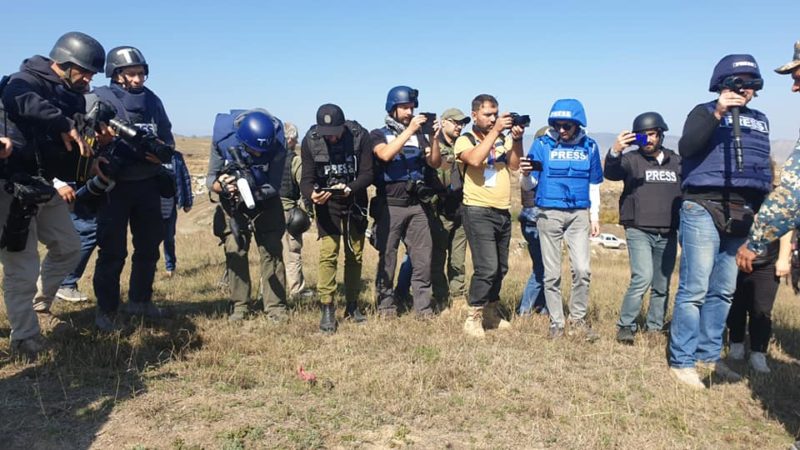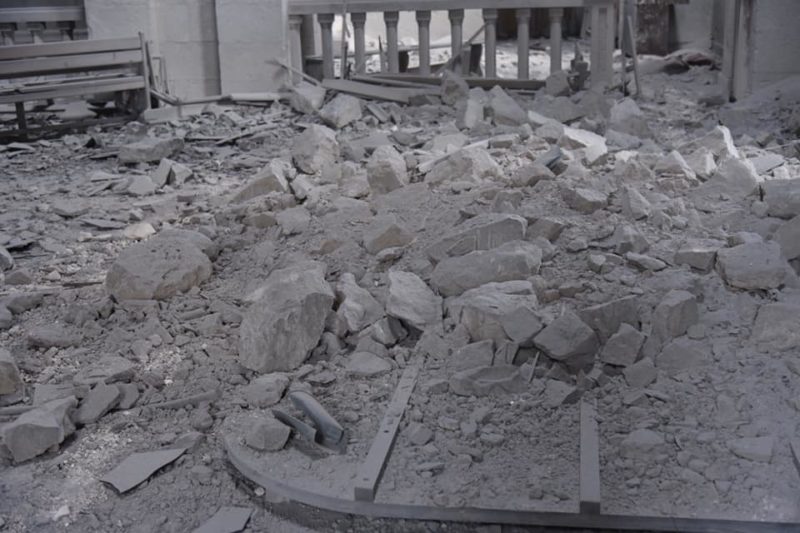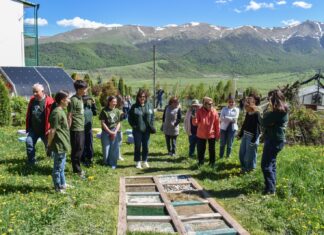STEPANAKERT (Combined Sources) — A ceasefire agreed upon over the weekend at a meeting of the foreign ministers of Armenia and Azerbaijan in Moscow with their Russian counterpart collapsed almost immediately. Azerbaijan started shelling the contact line immediately, killing civilians as well as soldiers.

A team of French, Russian and US mediators urged Armenia and Azerbaijan on October 13 to immediately stop hostilities in and around Nagorno-Karabakh in line with a ceasefire agreement brokered by Russia.

The diplomats co-heading the Organization for Security and Cooperation in Europe (OSCE) Minsk Group warned that continued fighting in the Karabakh conflict zone would be fraught with “catastrophic consequences for the region.”
“The Co-Chairs note with alarm the continuing violence in the Nagorno-Karabakh conflict,” they said in a joint statement. “The Co-Chairs call on Azerbaijani President Ilham Aliyev and Armenian Prime Minister Nikol Pashinyan to take immediate steps to execute in full the obligations of the sides according to the October 10 Moscow statement, in order to prevent catastrophic consequences for the region.”
“The Co-Chairs reiterate that civilian casualties are unacceptable under any circumstances. The Co-Chairs call on the sides to implement the humanitarian ceasefire immediately to allow the return of remains, prisoners of war, and detainees, and appeal to the sides to agree urgently upon a ceasefire verification mechanism,” added the statement.
The mediators issued the statement shortly after meeting with Armenian Foreign Minister Zohrab Mnatsakanyan in Moscow.


















